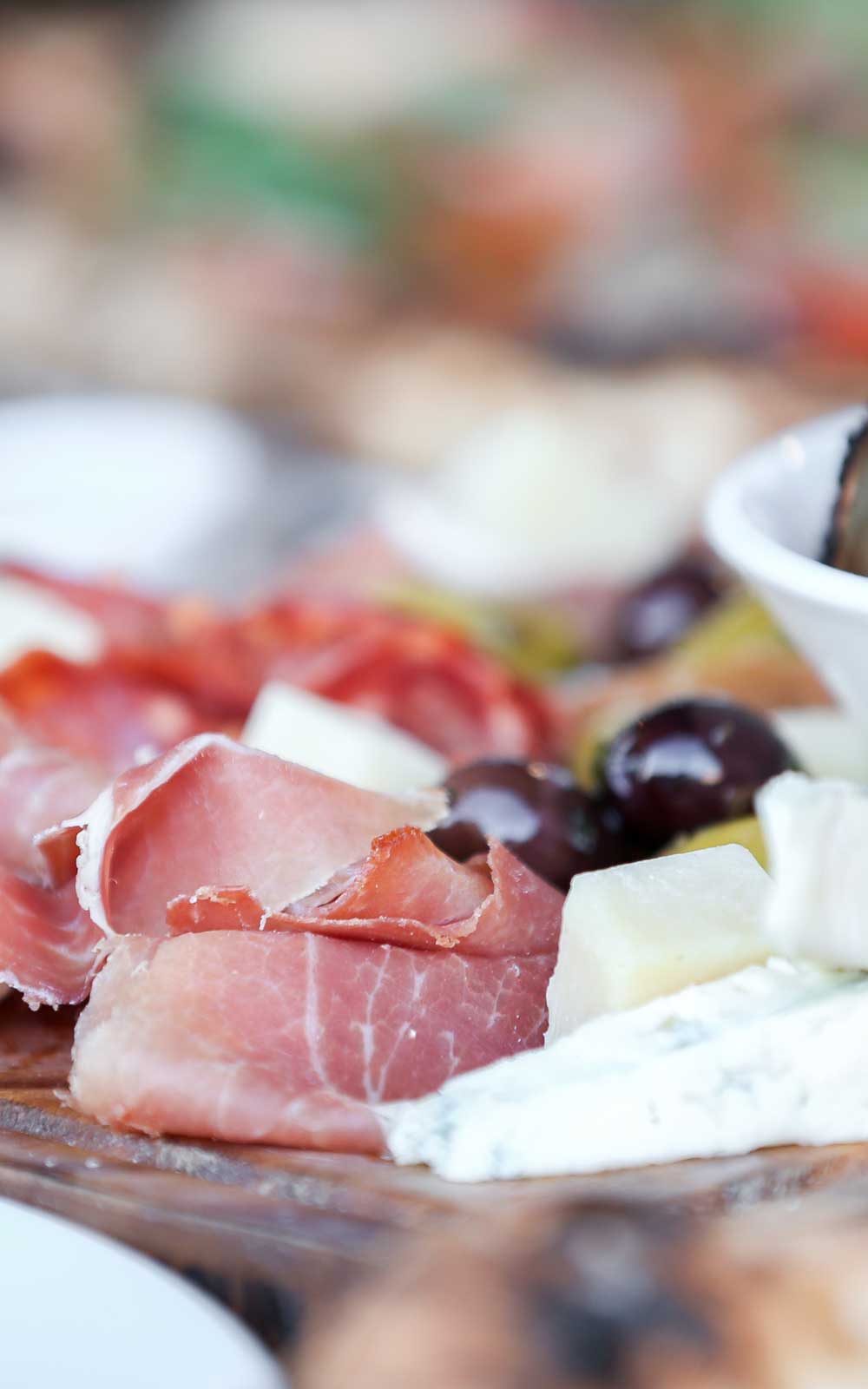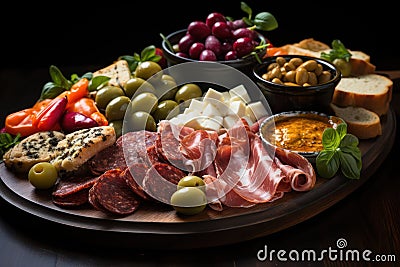In the ever-evolving world of food trends, one term has recently sparked curiosity among food enthusiasts across the United States: “Pasta Ant.” While it might sound like a playful twist on traditional Italian cuisine, the phrase is actually a mix-up or misinterpretation of the classic Italian dish known as antipasto. This article explores what the “Pasta Ant” really refers to, why it’s trending now, and how it connects to broader food culture in the US.
Understanding the Term: “Pasta Ant”
At first glance, “Pasta Ant” seems to be a combination of two separate words: “pasta” (a staple of Italian cuisine) and “ant” (a small insect). However, this is likely a misunderstanding or a typo. The correct term is antipasto, which translates to “before the meal” in Italian.
The confusion may stem from the word “ant” being mistaken for “anti,” which is part of the Latin root ante (meaning “before”). Thus, “antipasto” literally means “before the meal.”
This mix-up could have been fueled by social media or online forums where users might have misspelled or misinterpreted the term. As a result, “Pasta Ant” has started to circulate as a quirky or humorous way to refer to antipasto, especially in casual conversations about Italian food.
What Is Antipasto?
Antipasto is an essential component of Italian dining, typically served as the first course before the main meal. It consists of a variety of small, flavorful dishes that are meant to stimulate the appetite rather than fill it. Traditionally, antipasti are presented family-style on a large platter, allowing guests to serve themselves.
Common ingredients include:
- Olives
- Cured meats (such as prosciutto, salami, and mortadella)
- Cheeses (like pecorino, mozzarella, and gorgonzola)
- Vegetables (grilled eggplant, roasted peppers, artichokes)
- Bruschetta and crostini
- Pickled items and seafood
The goal of antipasto is to offer a vibrant and diverse array of flavors, textures, and colors that prepare diners for the rest of the meal.
Why Is “Pasta Ant” Trending Now?
While “Pasta Ant” isn’t a recognized culinary term, its popularity can be attributed to several factors:
-
Social Media Influence: Platforms like TikTok, Instagram, and YouTube have made food-related terms more accessible and viral. Misunderstandings or creative interpretations of traditional dishes often gain traction, especially when they’re catchy or easy to remember.
-
Interest in Italian Cuisine: With the growing popularity of Italian food in the US, more people are exploring authentic dishes like antipasto. The term “Pasta Ant” might be a simplified or stylized version of this trend, making it appealing to a wider audience.
-
Food Trends and Nostalgia: There’s a current wave of interest in nostalgia-driven food culture, with many people revisiting classic dishes and recipes. Antipasto, being a traditional starter, fits into this trend, and the misinterpretation of the term could be part of that cultural shift.
-
Misinformation and Curiosity: In the age of information overload, some people may come across the term “Pasta Ant” without understanding its true meaning. This leads to curiosity and further discussion, contributing to its spread.
The Role of Antipasto in Modern American Dining
Although antipasto is traditionally an Italian dish, it has become a staple in many American restaurants, especially those serving Mediterranean or Italian-inspired cuisine. Its appeal lies in its versatility and ability to cater to different dietary preferences.
In the US, antipasto platters are commonly found in:
- Casual dining restaurants
- Fine-dining establishments
- Catering services
- Home kitchens
Many Americans enjoy the communal aspect of antipasto, as it encourages sharing and conversation. It also provides an opportunity to showcase regional specialties and seasonal ingredients.
Regional Variations of Antipasto

Italy’s diverse regions each have their own unique take on antipasto. Here are some examples:
Northern Italy
- Cheeses: Asiago, fontina, taleggio, gorgonzola
- Cured Meats: Mortadella, prosciutto di Parma, bresaola
- Vegetables: Fennel, balsamic onions, polenta
Central Italy
- Bread Dishes: Crostini, bruschetta
- Seafood: Smoked salmon, anchovies
- Vegetables: Tomatoes, eggplant, mushrooms
Southern Italy
- Salads: Caprese salad (tomato, mozzarella, basil)
- Seafood: Clams, mussels, shrimp
- Other Ingredients: Artichokes, capers, olives, raisins
These variations highlight the richness of Italian cuisine and the importance of local ingredients in shaping the antipasto experience.
How to Make Your Own Antipasto at Home
Creating a homemade antipasto platter is a fun and rewarding way to bring the flavors of Italy into your kitchen. Here’s a simple guide:
- Choose a variety of ingredients:
- Fresh cheeses (e.g., mozzarella, provolone)
- Cured meats (e.g., salami, prosciutto)
- Olives (green, black, Kalamata)
- Bread (crusty baguette, flatbread)
-
Vegetables (grilled zucchini, roasted peppers)
-
Arrange the items on a large wooden board or platter.
- Add dips or spreads such as pesto, hummus, or olive oil.
- Serve with a glass of wine for a complete Italian experience.
The Future of Food Trends in the US
As food trends continue to evolve, terms like “Pasta Ant” reflect the dynamic nature of modern cuisine. While the phrase may not have a formal definition, it highlights the growing interest in global food cultures and the role of language in shaping our culinary experiences.
In the coming years, we can expect more fusion dishes, reinterpretations of traditional foods, and increased awareness of regional specialties. Whether it’s through social media, restaurant menus, or home cooking, the future of food in the US looks exciting and diverse.
Conclusion
While “Pasta Ant” may not be an official term, its rise in popularity shows how food culture continues to shape and influence our daily lives. Understanding the real meaning behind the term—antipasto—offers a deeper appreciation for Italian cuisine and its impact on American dining. As more people explore global flavors, the line between tradition and innovation becomes increasingly blurred, creating new opportunities for culinary creativity.
Whether you’re a foodie, a chef, or simply someone who enjoys a good meal, there’s something for everyone in the world of antipasto. So next time you see “Pasta Ant” online, you’ll know exactly what it’s referring to—and maybe even try making your own antipasto platter at home.
Author Section
Author: Sarah Mitchell
Title/Role: Food Writer and Culinary Historian
Credentials: Sarah has spent over a decade exploring global cuisines, writing for major food publications, and collaborating with chefs to preserve traditional recipes. She is passionate about connecting people through food and culture.
Profile Link: www.sarahmitchellfood.com
Sources
- Italian Food Network – Antipasto Guide
- Joyce Goldstein – Antipasti Book
- Epicurious – How to Make Antipasto
Related Articles
- What Is the Difference Between Antipasto and Appetizer?
- Top 5 Italian Dishes You Should Try
- How to Host a Perfect Italian Dinner Party
Stay updated with the latest news on food trends, cultural shifts, and global influences shaping the US dining scene. Explore today’s headlines and discover what’s making waves in the world of food and beyond.











More Stories
US Trending News: Exploring Zach Top Greensboro
US Trending News: The ‘Your Mom’ White House: A Trendy Take on Political Humor
US Trending News: Zach Lowe Twitter Updates and Insights